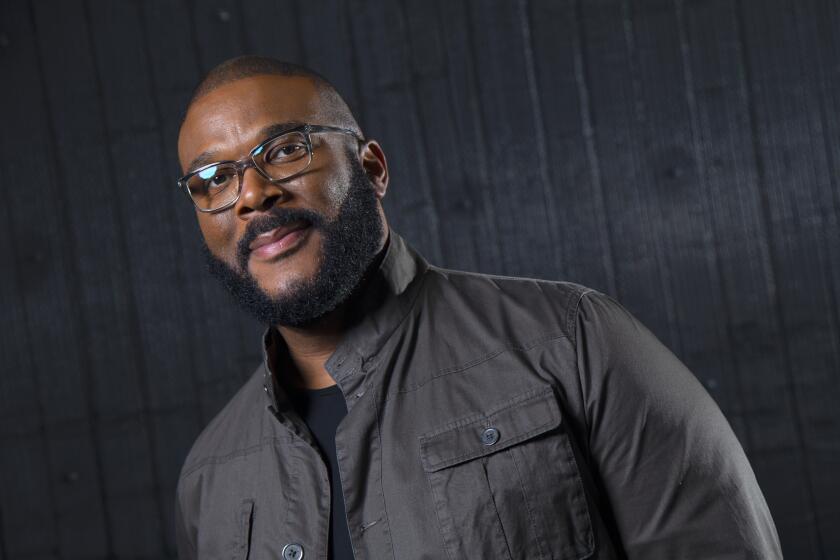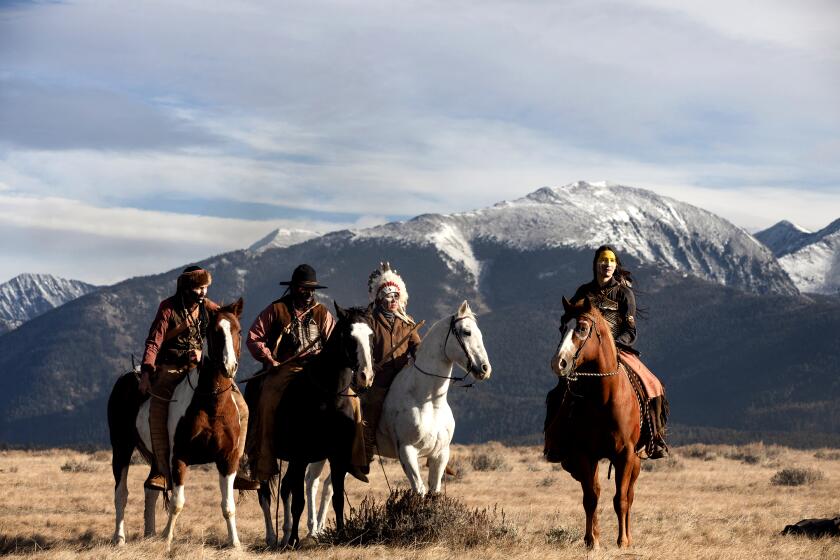Craft and Folk Art Museum to Close
- Share via
As the founder and former director of the Craft and Folk Art Museum, I feel it is important to clarify the reasons for our announced closure (Dec. 6). The museum originally vacated its premises in the late 1980s, rather than undertake required earthquake-related upgrades that would have totaled several hundred thousand dollars. We had plans to build a high-rise on that spot and were offered a temporary home at the Wilshire May Co. Unfortunately, the real estate market plummeted during the late 1980s. When it became obvious that market forces were against the high-rise planned, our board decided to make the necessary upgrades and create a new facility on the original spot.
Your article stated that Patrick Ela left when the museum “was bankrupt.” The museum was never bankrupt and is not bankrupt today. Loyalty to the museum kept Ela on the job as he successfully opened a new facility and tried to get the new museum up and running, until he resigned in 1996.
Obtaining funds for operating purposes is extremely difficult. Foundations and individuals prefer to fund exhibitions, galleries and concrete things that can be seen. Although CAFAM scaled down, it became increasingly difficult to pay our rent as well as all the other expenses. As merger with LACMA was not accomplished, our board has decided to sell the museum’s building and its collections in order to retire any outstanding debts. Our endowment will be enhanced, thus enabling us to perpetuate the International Festival of Masks.
The Fowler Museum did not “usurp” our institution’s purpose. After CAFAM had been in existence for many years the Korean Cultural Center, the California African-American Museum, Japanese American Cultural and Community Center and others sprang into life. Admittedly, we were the first to celebrate these cultures in an art complex, but we did not feel competitive with any of those other organizations. They were each concerned with their individual cultures. We were emphasizing the remarkable cross-culturalism of Southern California. In fact, we have worked closely with many of those organizations. We had a good relationship with the Fowler as well.
EDITH R. WYLE
Los Angeles
More to Read
The biggest entertainment stories
Get our big stories about Hollywood, film, television, music, arts, culture and more right in your inbox as soon as they publish.
You may occasionally receive promotional content from the Los Angeles Times.










